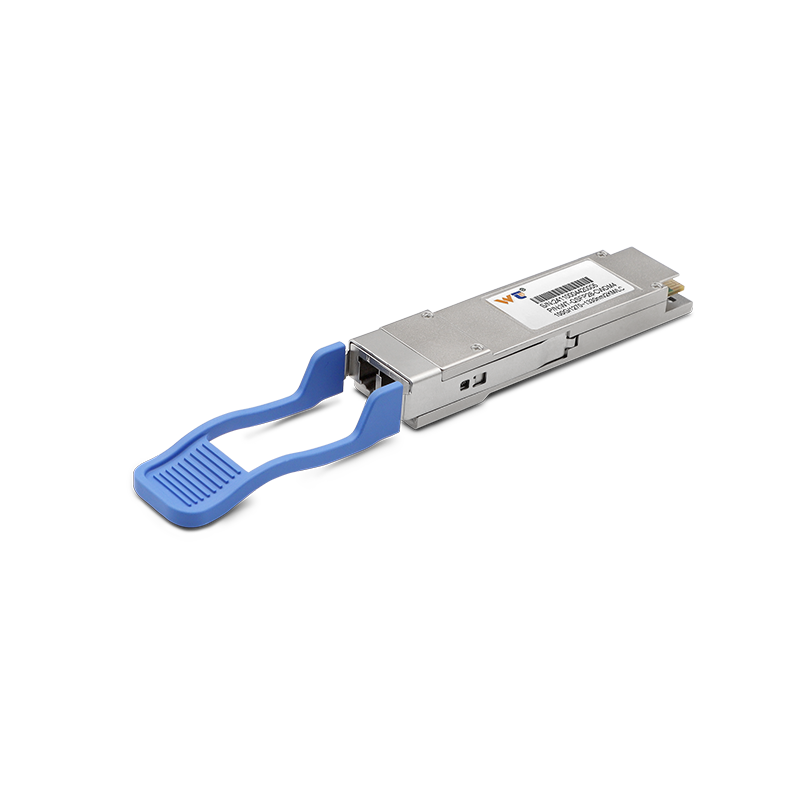The optical module industry is at the forefront of data communication technology, driving advancements that are crucial for modern network infrastructures. As we look to 2025, the demand for high-speed, reliable communication solutions is set to surge, particularly in sectors like transportation, where data integrity and security are paramount. The integration of 100G optical modules in rail transit networks exemplifies this trend, showcasing the capacity for secure, high-bandwidth transmission in complex environments.
The optical module market is experiencing exponential growth, fueled by the increasing need for efficient and high-speed data transfer across various applications. By 2025, the demand for optical modules is projected to skyrocket, largely driven by advancements in technologies such as the Internet of Things (IoT), autonomous vehicles, and smart city initiatives. These technologies necessitate robust data transmission systems, making optical modules a critical component. With offerings that range from 155 Mbps to a staggering 1.6 Tbps, our products are well-positioned to meet these growing demands across sectors like transportation and telecommunications.
Here’s a quick overview of the critical technical attributes and roles of optical modules:
| Feature | Description |
|---|---|
| Speed | Ranges from 1G up to 1.6T, providing versatile solutions for diverse needs. |
| Transmission Distance | Facilitates both short and long-range communications without quality loss. |
| Form Factor | Variants include SFP, QSFP, and CFP to fit various deployment scenarios. |
| Wavelength | Supports multiple wavelengths for optimized data flow and reduced interference. |
Our extensive research in the realm of 100G optical modules has revealed their pivotal role in ensuring secure data transmission in rail transit networks. These modules enable the rapid transfer of vast amounts of data necessary for real-time monitoring and control of transit systems, enhancing both safety and efficiency. For instance, the ability to monitor train speeds and schedules is integral to reducing the risk of collisions and improving passenger experience. Utilizing 100G optical modules allows for multiple streams of data to be processed simultaneously, a necessity for the complex architectures of modern rail systems.
Moreover, with the increasing threats to data security, these modules implement advanced encryption standards to safeguard information transmitted across the network. Their ability to support high-bandwidth applications with minimal latency also facilitates seamless communication between various subsystems, crucial for operational integrity.
As we delve deeper into optical module technologies, it's essential to highlight the types commonly implemented in rail transit applications. Primarily, these include Passive Optical Networks (PON) for efficient data distribution, as well as Active Optical Cables (AOCs) that allow for cost-effective, high-speed interconnections. The advent of Wavelength Division Multiplexing (WDM) further enhances capacity by enabling simultaneous transmission of multiple signals at different wavelengths, fostering greater efficiency in data handling and reducing infrastructure costs.
In 2025, we expect a paradigm shift in how rail transit networks are organized through the incorporation of integrated optical module solutions. An example of such an innovative application is the use of 100G modules in a mixed traffic network, where they support both passenger data management and operational control signals. This dual functionality simplifies network architecture and significantly lowers latency, which is crucial for timely decision-making in transit operations.
We are proud to offer optical modules that undergo rigorous quality testing to ensure they perform exceptionally across various applications. Our 100G optical modules are engineered for excellence, easily handling scenarios that require high-speed data transmission and long-distance communication. No matter the complexity of your network, our products are designed to meet and exceed your operational requirements.
In conclusion, as we pave the way towards 2025, the role of 100G optical modules in rail transit networks cannot be overstated. They serve as the backbone of secure and efficient data transmission, supporting advanced operational needs and delivering superior reliability. Our commitment to innovation ensures that we will continue to lead the market in providing cutting-edge solutions that meet the challenges of tomorrow’s communication needs.






